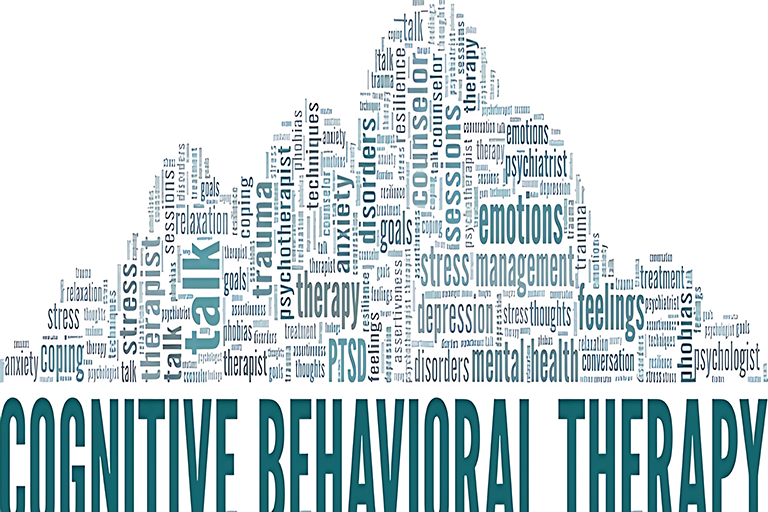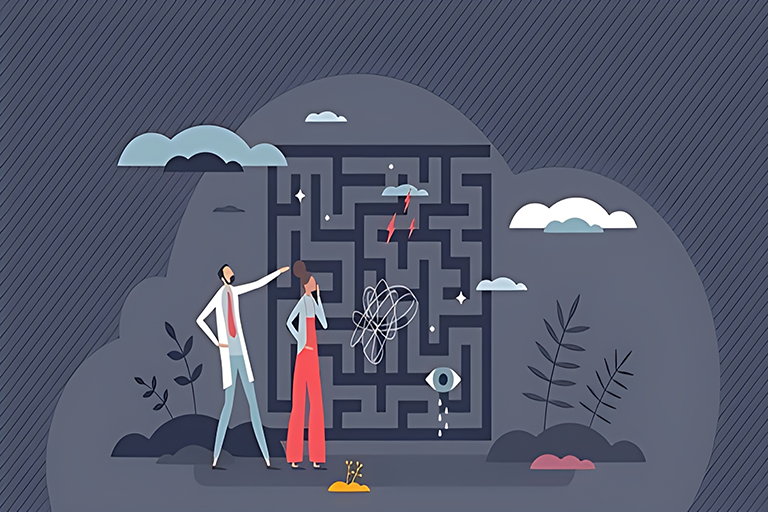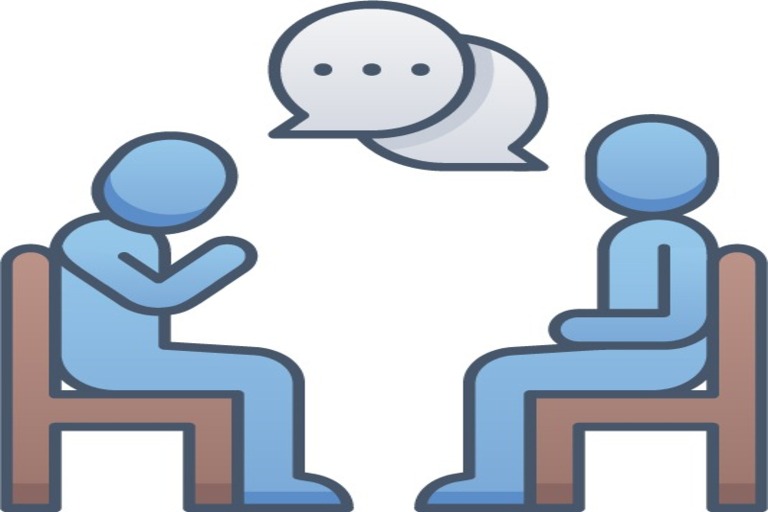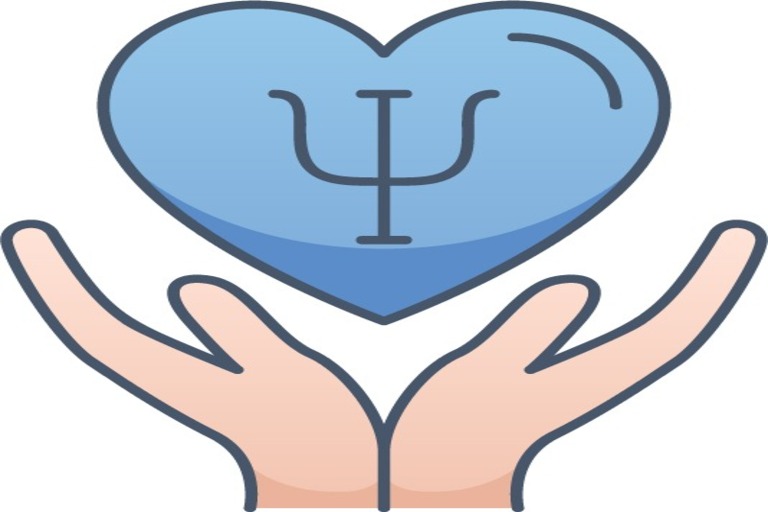Comparing CBT with Other Therapies: Choosing the Right Approach
In the world of mental health treatment, choices abound. Among these options, Cognitive Behavioral Therapy (CBT) stands as a popular and effective approach.
But is it always the best choice? Let’s dive into the realm of therapies, compare CBT with others, and help you decide which path may be right for you.
Understanding Cognitive Behavioral Therapy (CBT)
CBT is a psychological strategy that focuses on recognizing and changing harmful thought patterns and behaviors. It is based on the idea that by altering our thought patterns, we may better control our emotions and reactions. Our thoughts affect our emotions and behaviors.
CBT is a therapy focused on identifying and changing negative thought patterns and behaviors. It’s like mental gymnastics, working to rewire your brain for healthier thinking. CBT helps tackle a wide range of issues, from anxiety and depression to eating disorders and PTSD. Here’s what makes it a contender:
Short-Term Focus:
CBT is usually time-limited, making it an excellent choice if you’re looking for results within a defined timeframe.
Practical Tools:
It equips you with practical coping strategies that you can use in real-life situations, providing tangible skills for managing your mental health.
Empowerment:
CBT encourages self-help. You become your therapist between sessions, working on your thoughts and behaviors independently.
Now, let’s see how CBT stacks up against a few other therapy options.
-
Psychodynamic Therapy: Digging into the Past
Psychodynamic therapy takes you on a journey into your past to uncover deep-rooted issues. It’s like an archaeological dig for your emotions. While it can offer profound insights, it’s often long-term and may not suit those seeking rapid solutions.
-
Dialectical Behavior Therapy (DBT): Balancing Act
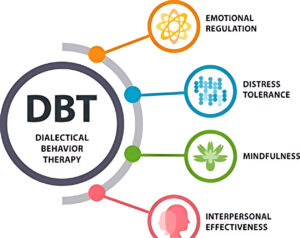
DBT is closely related to CBT and is particularly effective for individuals with emotional regulation difficulties. It combines traditional cognitive-behavioral techniques with mindfulness and acceptance strategies. DBT’s emphasis on acceptance might be appealing if you find that CBT’s direct approach doesn’t resonate with you.
-
Humanistic Therapy: Embracing Your Potential
Humanistic therapy focuses on self-actualization and personal growth. It’s like a journey into your inner self, guided by empathy and self-discovery. While less structured than CBT, it can be a great fit if you seek personal development rather than symptom reduction.
-
Medication: A Different Path
For some, therapy alone may not be sufficient. Medication, often prescribed by a psychiatrist, can complement talk therapy. It’s crucial to discuss medication options with a healthcare professional, as they can determine if they’re needed and which type may be suitable.
Choosing the Right Approach
The “right” therapy depends on your unique needs and preferences. It’s like selecting the perfect pair of shoes – what fits comfortably for one person may not be ideal for another. Here’s a step-by-step guide to help you decide:
-
Assess Your Goals:
What do you want to achieve in therapy? Symptom relief? Self-discovery? Improved coping skills?
-
Consider Your Timeline:
Are you looking for short-term solutions or willing to invest in long-term exploration?
-
Evaluate Your Comfort Zone
: Some prefer structured, goal-oriented approaches like CBT, while others thrive in more open-ended, exploratory settings.
-
Consult a Professional
: Ultimately, consulting with a mental health professional is key. They can assess your needs and recommend the most suitable therapy or a combination of approaches.
The most common psychological disorders
Some of the most common psychological disorders and the impact CBT makes:
-
Depression:
– CBT helps individuals identify and challenge negative thought patterns associated with depression.
– It focuses on changing behaviors that contribute to feelings of sadness and hopelessness.
– By setting realistic goals and restructuring thought processes, CBT aims to alleviate depressive symptoms.
-
Anxiety Disorders:
– CBT addresses anxious thoughts by challenging irrational beliefs and promoting a more balanced perspective.
– It incorporates exposure therapy, gradually facing feared situations, to reduce anxiety.
– CBT equips individuals with coping strategies, fostering a sense of control over anxiety-related symptoms.
-
Panic Disorders:
– CBT targets catastrophic thinking associated with panic attacks.
– It includes teaching relaxation techniques to manage physical symptoms of panic.
– Identifying and altering avoidance behaviors helps break the cycle of panic.

-
Obsessive-Compulsive Disorder (OCD):
– CBT for OCD involves exposure and response prevention to reduce compulsive behaviors.
– It challenges obsessive thoughts by promoting alternative interpretations.
– CBT aims to reshape the relationship between thoughts and behaviors in individuals with OCD.
-
Post-Traumatic Stress Disorder (PTSD):
– CBT addresses traumatic memories by helping individuals process and reframe them.
– It includes exposure therapy to confront avoided reminders of the trauma.
– CBT equips individuals with tools to manage symptoms and regain a sense of safety.
-
Eating Disorders:
– CBT targets distorted body image and maladaptive eating behaviors.
– It explores the connection between thoughts, emotions, and eating patterns.
– CBT helps establish healthier attitudes toward food and body image.
-
Insomnia (Sleep Disorders):
– CBT-I (Cognitive Behavioral Therapy for Insomnia) focuses on changing thoughts and behaviors affecting sleep.
– It includes sleep hygiene education and relaxation techniques.
– CBT-I helps individuals develop healthier sleep habits for improved sleep quality.
-
Attention-Deficit/Hyperactivity Disorder (ADHD):
– CBT for ADHD involves strategies to improve organizational skills and time management.
– It addresses negative thought patterns related to self-esteem and performance.
– CBT aims to enhance executive functioning and self-regulation in individuals with ADHD.
In summary, CBT serves as a versatile therapeutic approach, offering tailored strategies for various psychological conditions. By addressing distorted thoughts and behaviors, it empowers individuals to manage symptoms, fostering positive change in their mental health.
The most important thing is to take that first step, whether it’s with CBT or another therapy, towards improved mental well-being. The journey may be challenging, but it’s a path to healing and personal growth that’s worth exploring.
Learn more: Mental Health Awareness
& Know about Your Confidant
Bijoylaxmi Das, Mental Health Blogger, Your Confidant

